
NUTRITION
Vegetables come in a great variety, with location, soils, and farming methods all impacting their nutritional density and flavors. In addition, personal favorites, allergies, and health concerns can influence your daily diet. However, science has helped us identify some of the primary nutrients that the different vegetables provide. We’ve created this section to provide accessible and evidence-based nutritional information and recipes for some of our most popular crops.
OFS is grateful to the team of Capstone interns from the UW Program on Food Systems, Nutrition, and Health for their research and for their design and implementation of the Nutrition section of our website.
Team members: Anissa Sanders, Maddie Buehrer, Ella Crowder, Kielian Baird, Tiffani Hao, Judy Myung, Alexandria Best, Robin Williamson, Trinity Pardey
-
Your body needs a wide variety of nutrients to function properly. These nutrients fall into two main categories:
Macronutrients include carbohydrates, proteins, and fats. They provide the energy your body needs to move, grow, and function.
Micronutrients include vitamins and minerals. While needed in smaller amounts, they play critical roles in everything from immune function to bone health.
Together, these nutrients help keep your body strong, energized, and resilient.
-
Phytonutrients: Natural compounds found in plants that may help prevent disease and support overall health. Unlike vitamins and minerals, they’re not essential for survival but can contribute to wellness in meaningful ways.
Vitamins: Organic substances that help regulate body processes. Different vitamins support different functions, such as vision (vitamin A), immunity (vitamin C), and blood clotting (vitamin K).
Minerals: Inorganic elements like calcium, iron, and potassium that your body needs to grow, develop, and stay healthy. They help with everything from bone formation to nerve signaling.
Daily Value (%DV): A percentage that shows how much a nutrient in a serving of food contributes to a person’s daily diet, based on a 2,000-kcal (kilocalorie) daily intake. It helps you understand if a food is high or low in a particular nutrient.
kcal (kilocalorie): A unit of energy. Commonly referred to as a “calorie,” it measures how much energy you get from food and drinks.
-
Environment
The current global food system contributes up to34% of total greenhouse gas emissions; fruits and vegetables alone can account for up to 36% of food miles emissions, representing almost double the emissions from their production (Crippa et al., 2021).
Sourcing food locally reduces transportation emissions- short food supply chains minimize food miles, helping curb climate impact (Striebig et al., 2019).
Farmers markets often serve nearby communities—over half of consumers travel fewer than 6 miles round-trip, lessening environmental footprints (Wardle et al., 2024).
Community
60% of surveyed shoppers at local markets reported enjoying meeting the farmers, while 40% appreciated building relationships and learning about farming practices (Wardle et al., 2024).
Buying local promotes community trust and encourages transparency around farming methods, pesticide use, and produce handling (Amisson, 2022).
Local produce is often harvested the same day or the day before it's sold, ensuring peak freshness and community health benefits.
Nutrition
Nutritional value drops within 24 hours of harvest- local produce retains more nutrients due to quicker farm to table timelines (Amisson, 2022).
Organic fruits and vegetables generally have higher antioxidant concentrations (e.g., polyphenols, omega-3s) and lower levels of harmful residues like cadmium and pesticides (Vigar et al., 2019).
Organic consumption has been linked to reduced risks of infertility, metabolic syndrome, and allergic sensitization in long term studies (Vigar et al., 2019).
Economy
Short food supply chains support local economies by maintaining jobs and keeping money within the community (Jarzebowski, 2018).
Local procurement systems, like those supported by Whidbey Island’s Food Resiliency Consortium, reflect community commitment to food sovereignty and resilience (Myszkowski, 2021).
Universities and institutions sourcing local food reduce distribution costs and emissions by purchasing in bulk (Striebig et al., 2019).
To read the full research paper, please click here.
-
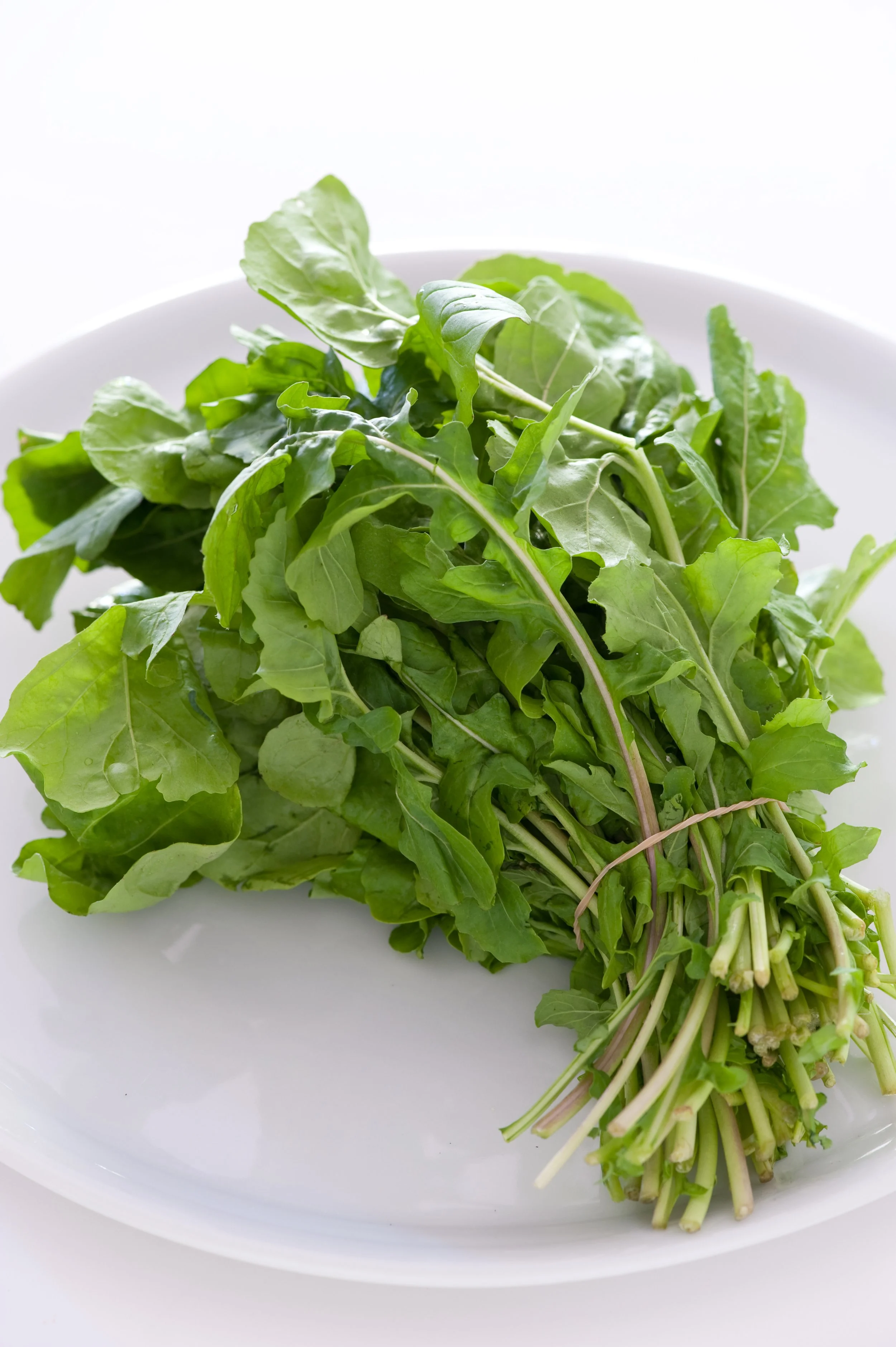
Arugula
ASTRO VARIETY
-

Beets
BOLDOR, MERLIN VARIETIES
-

Bok Choy
PO BOK VARIETY
-

Broccoli
BELSTAR VARIETY
-

Broccoli (Sprouting)
Bc1611 Variety
-

Cabbage
CARAFLEX VARIETY
-
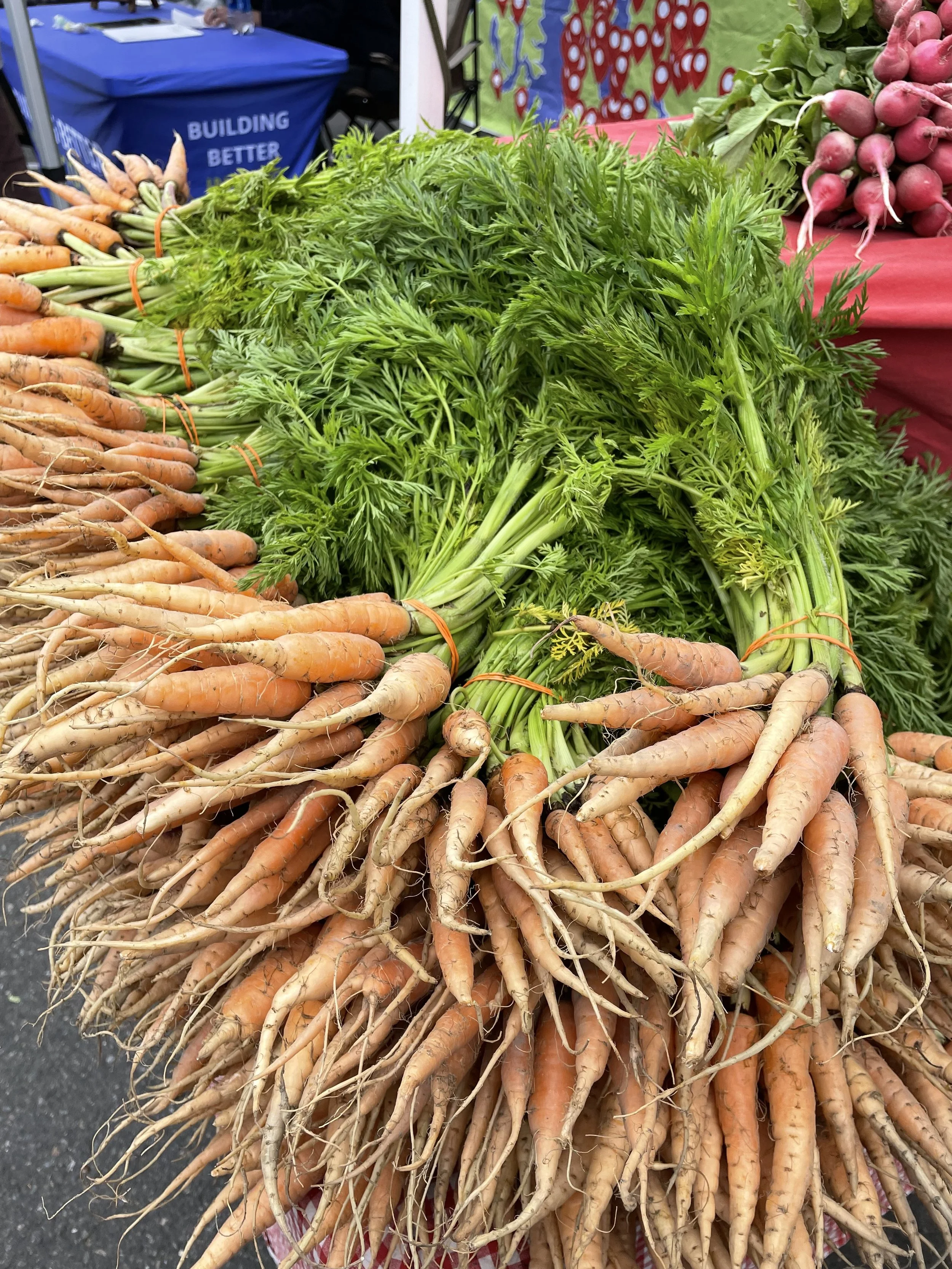
Carrots
YAYA VARIETY
-
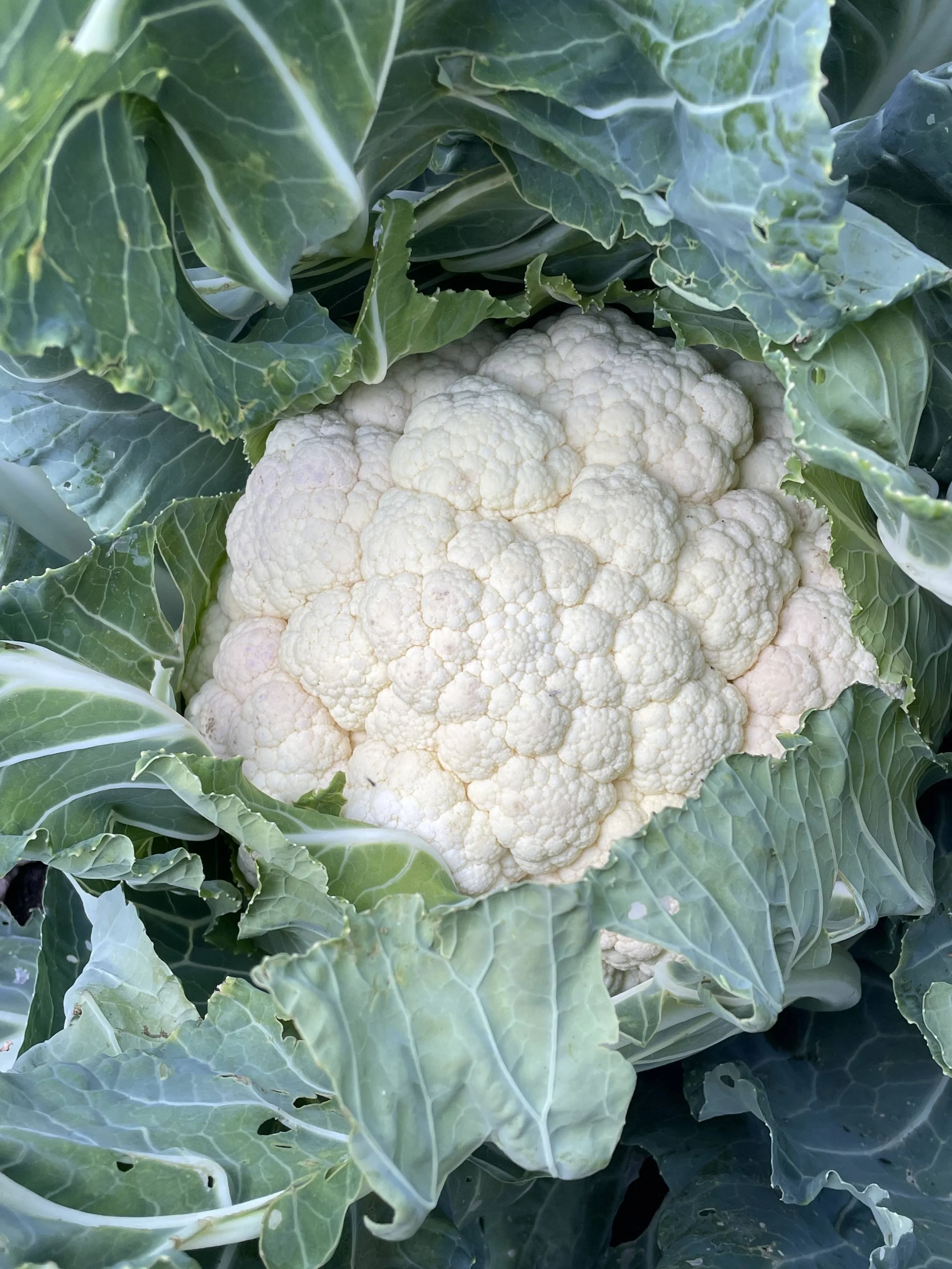
Cauliflower
BERMEO VARIETY
-
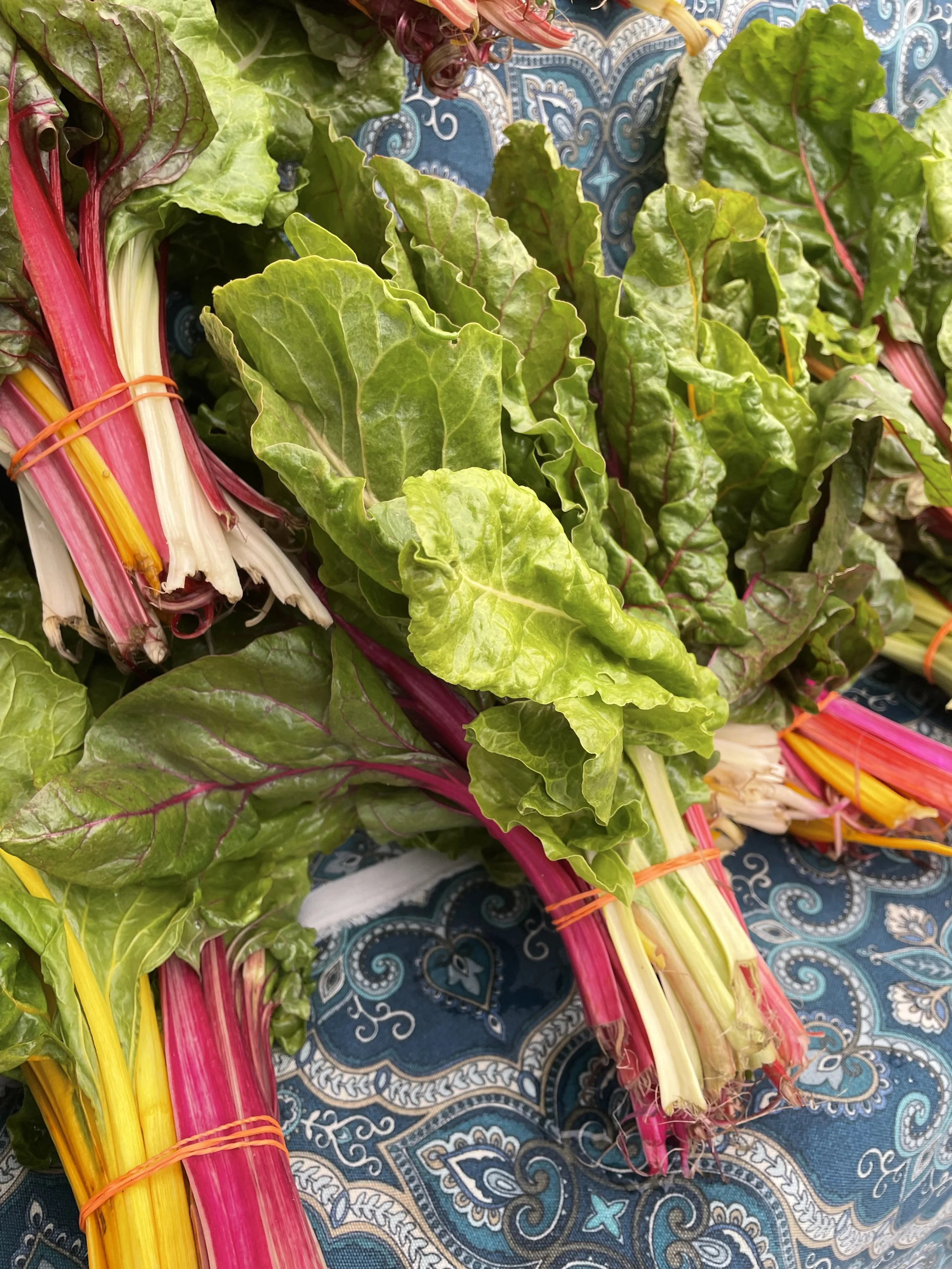
Chard
BRIGHT LIGHTS VARIETY
-
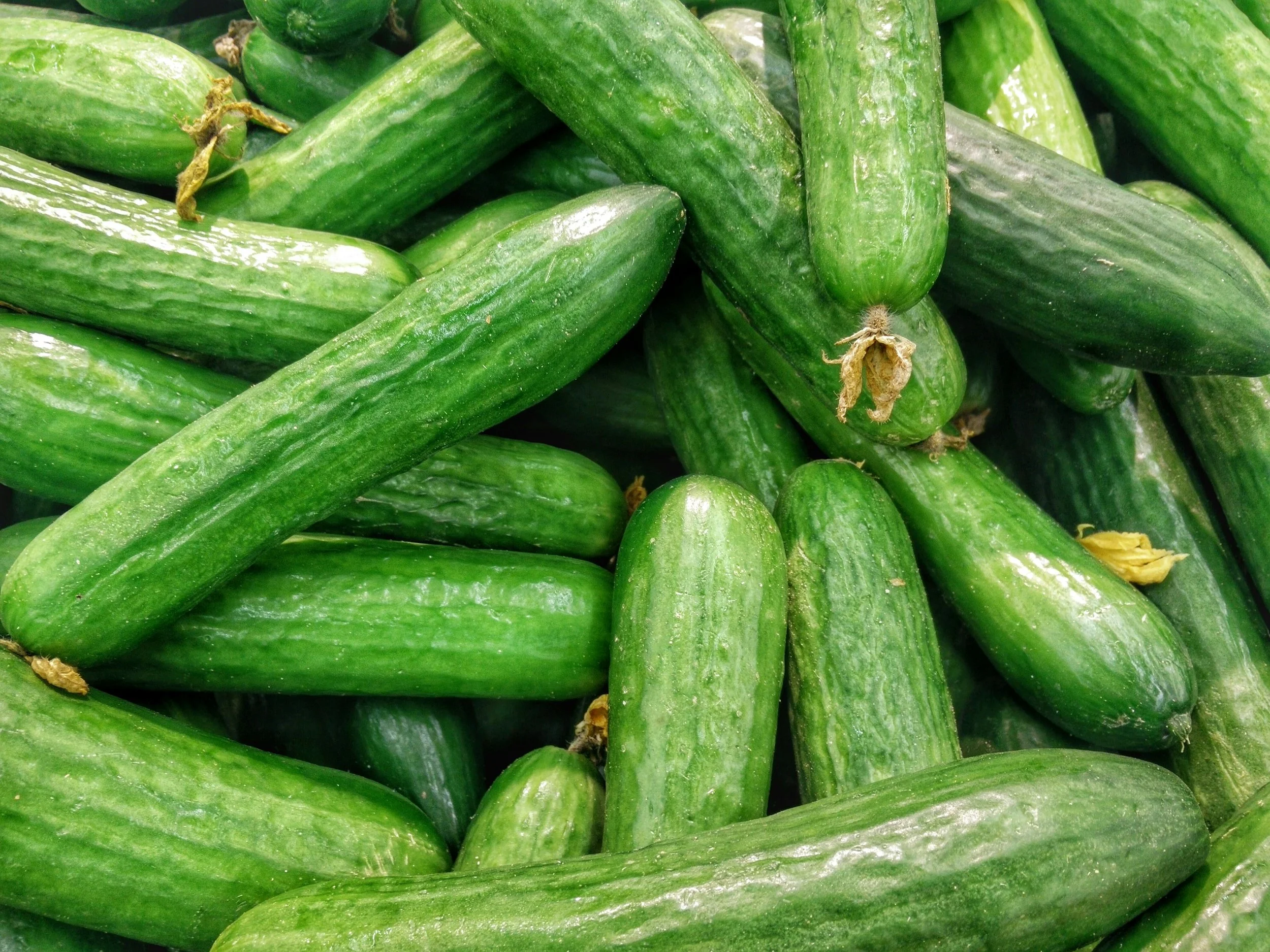
Cucumber
KATRINA VARIETY
-
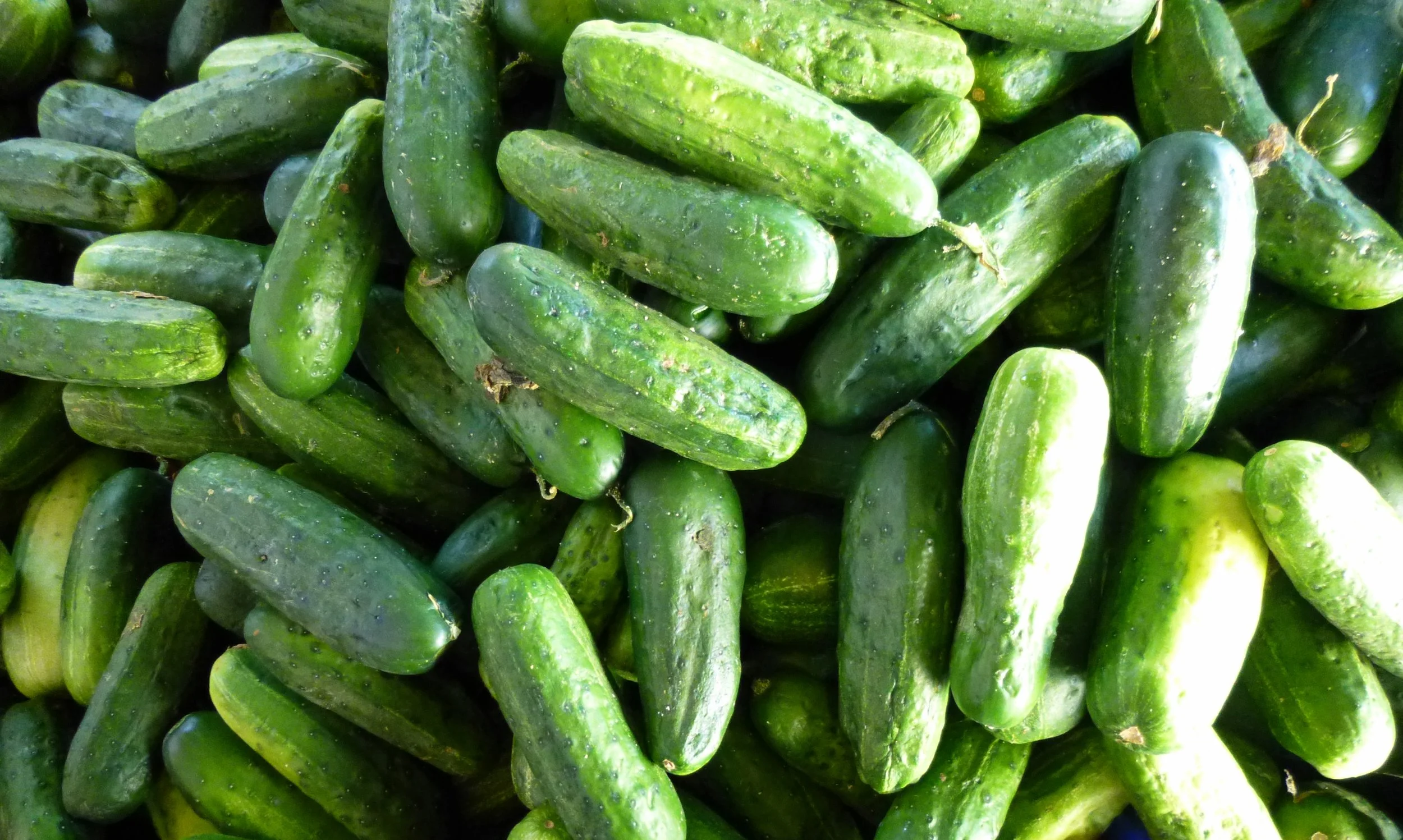
Cucumber
PICKLING VARIETY
-

Dry Beans
ROCKWELL VARIETY
-
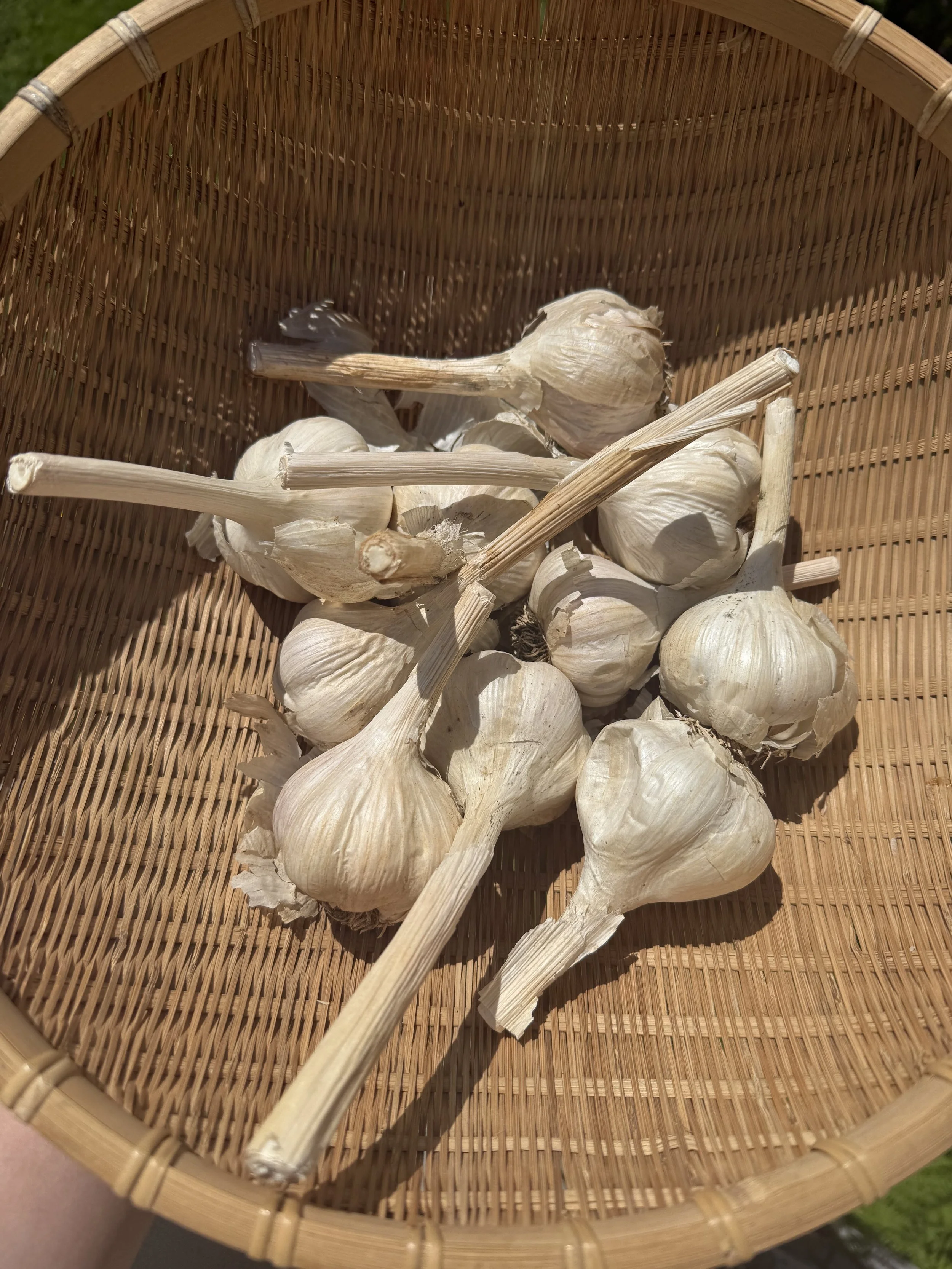
Garlic
MONTANA ZEMO VARIETY
-

Green Garlic
MONTANA ZEMO VARIETY
-
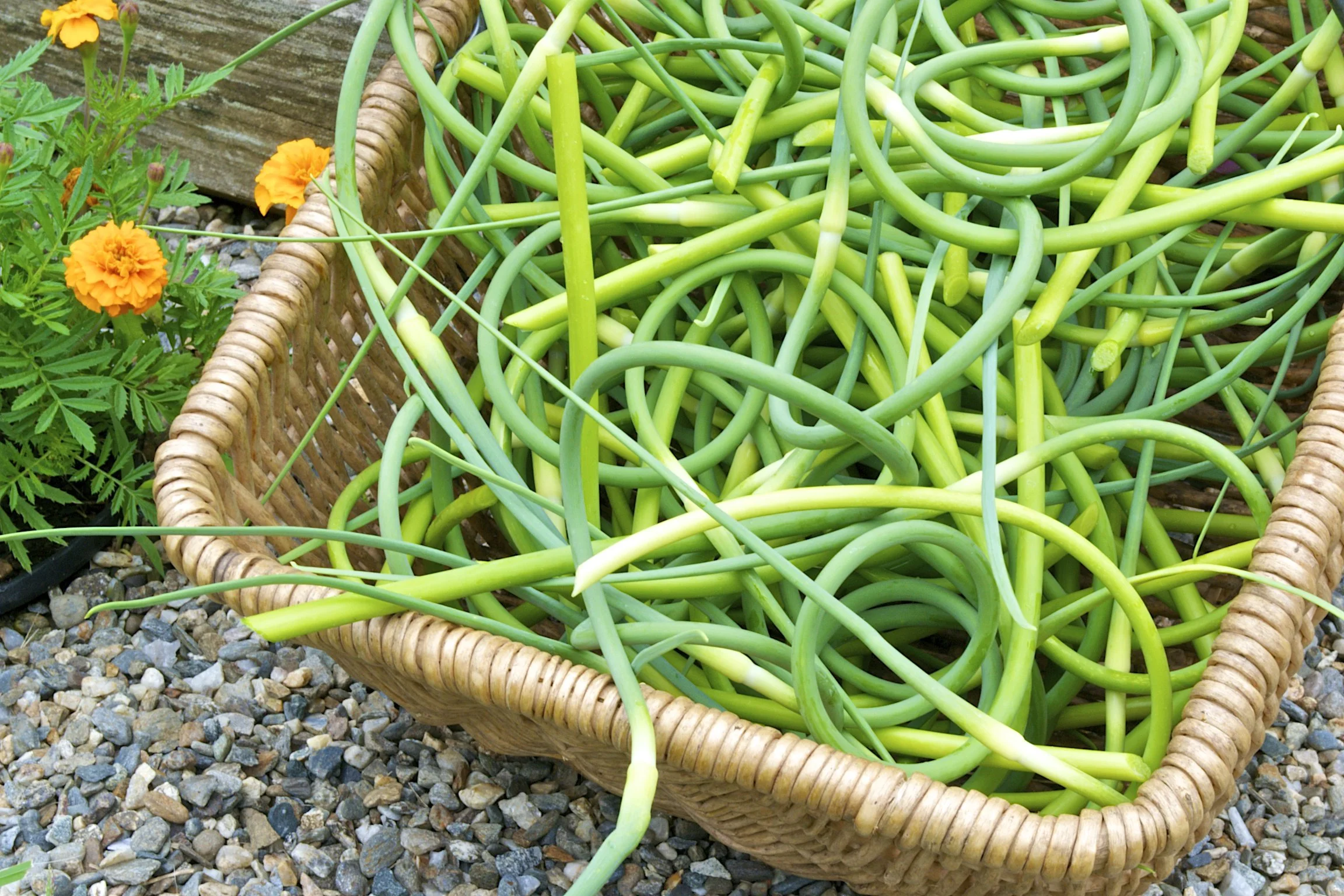
Garlic Scapes
MONTANA ZEMO VARIETY
-
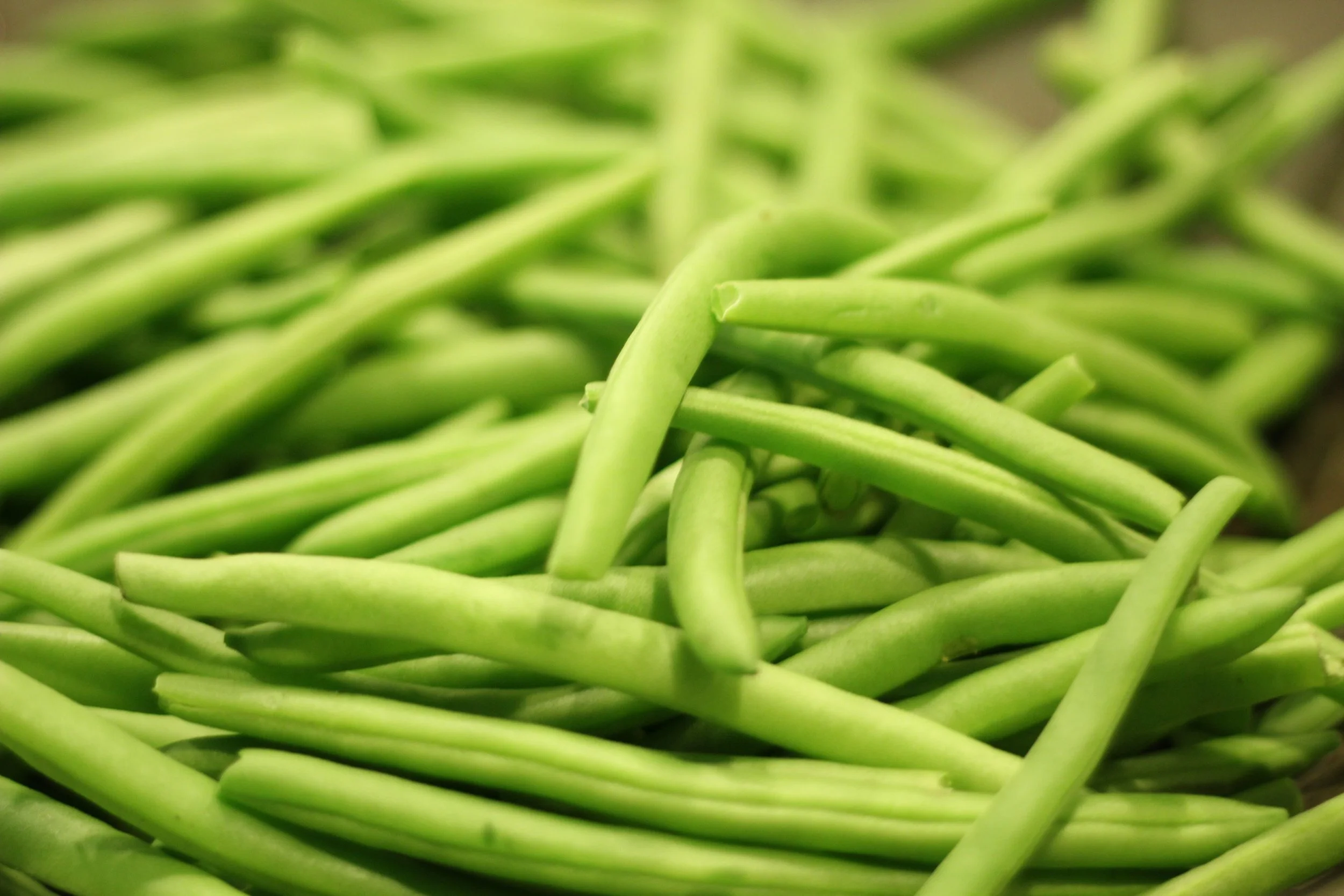
Green Beans
PROVIDER VARIETY
-

"Dino" Kale
LACINATO VARIETY
-

Kale
WESTLANDSE VARIETY
-

Kale Mix
CELEBRATION VARIETY
-
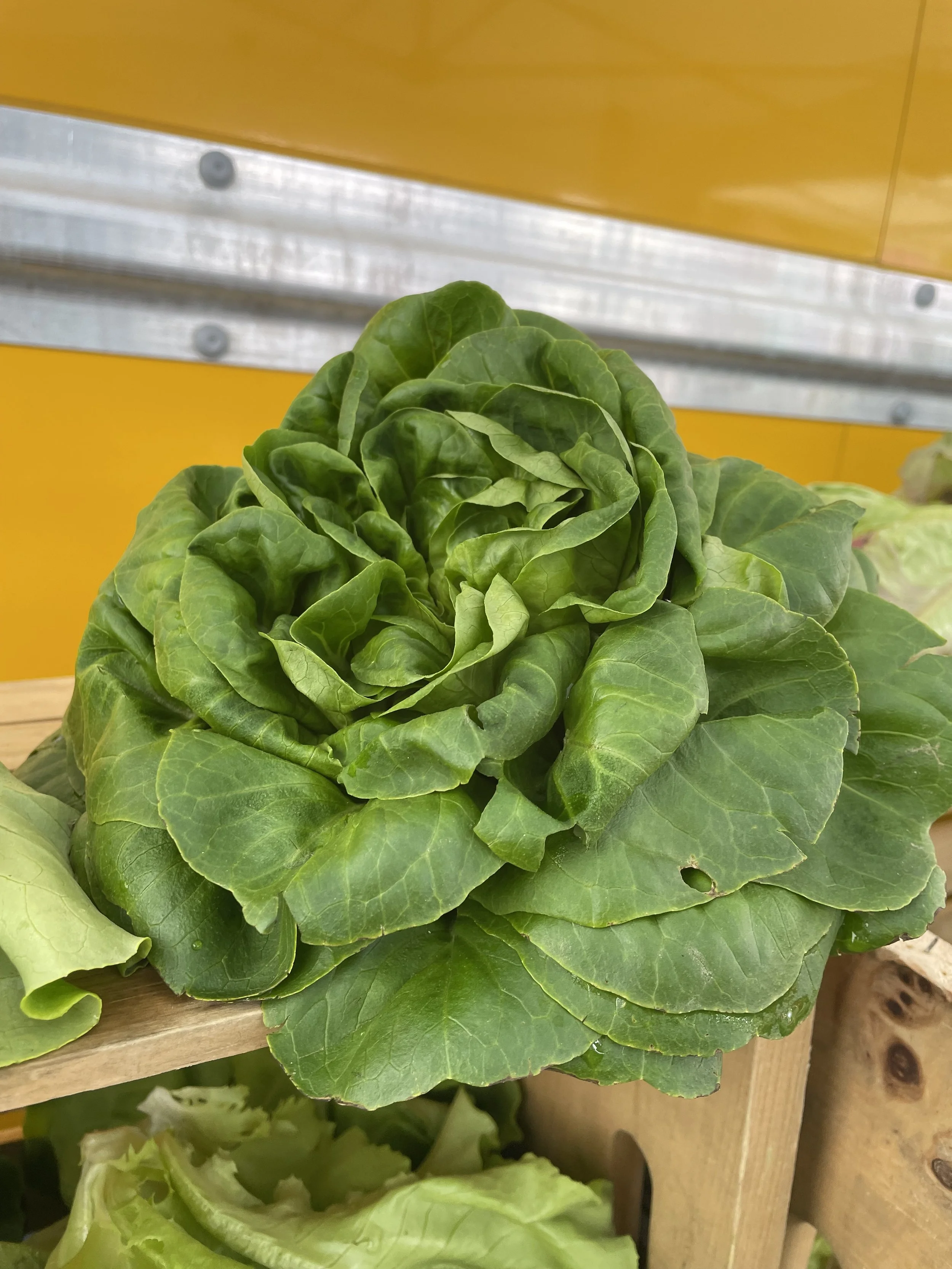
Lettuce Heads
BAUER VARIETY
-
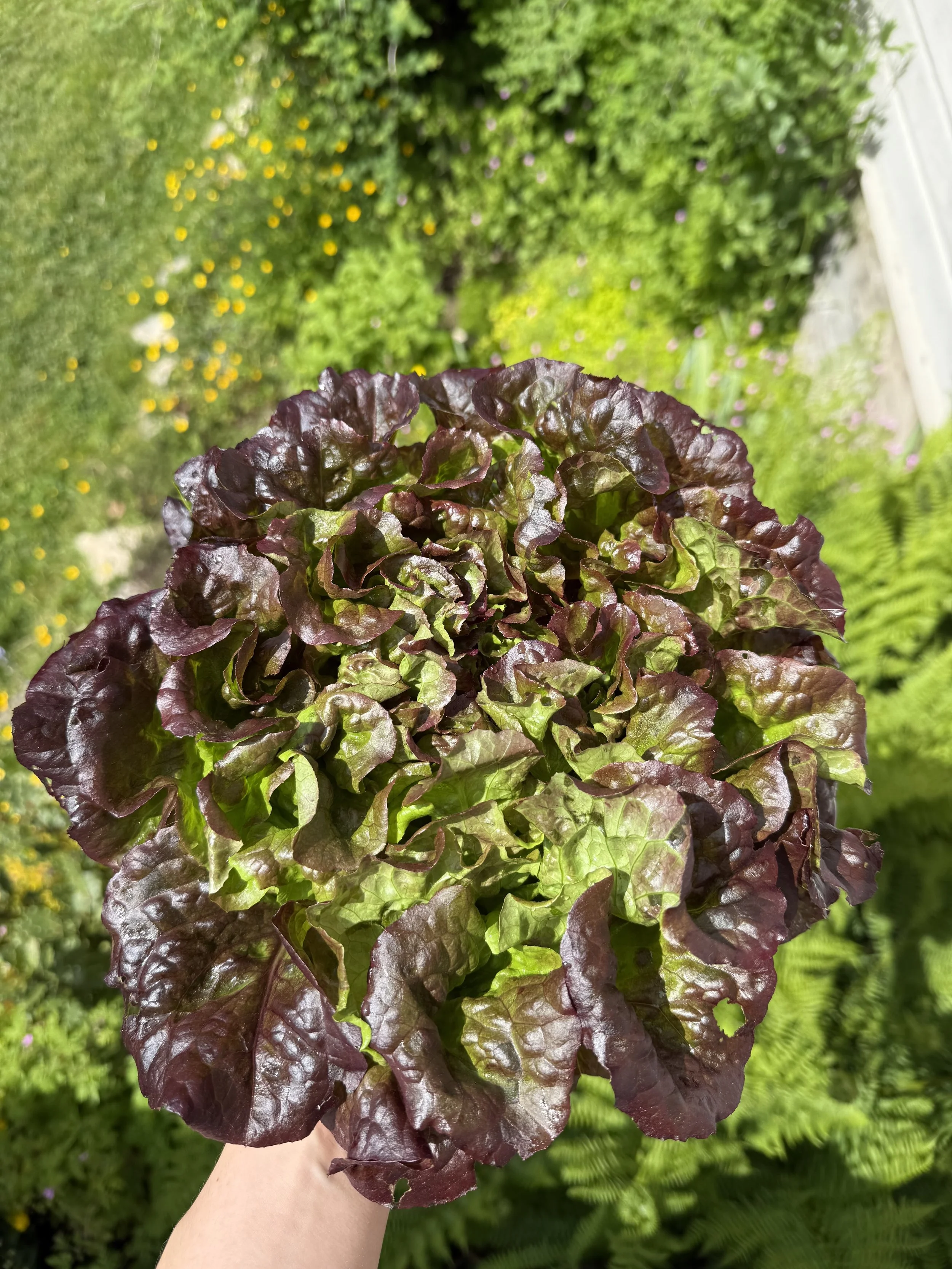
Lettuce Heads
BUTTER VARIETY
-
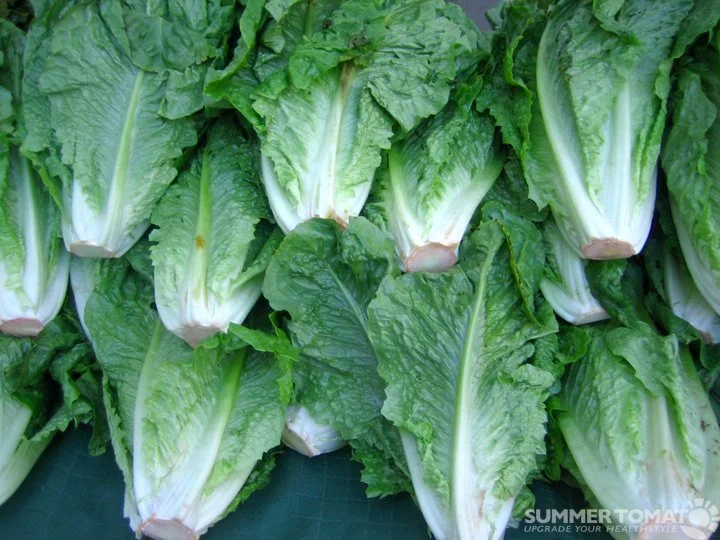
Lettuce Heads
ROMAINE VARIETY
-

Onions (Green)
PARADE VARIETY
-
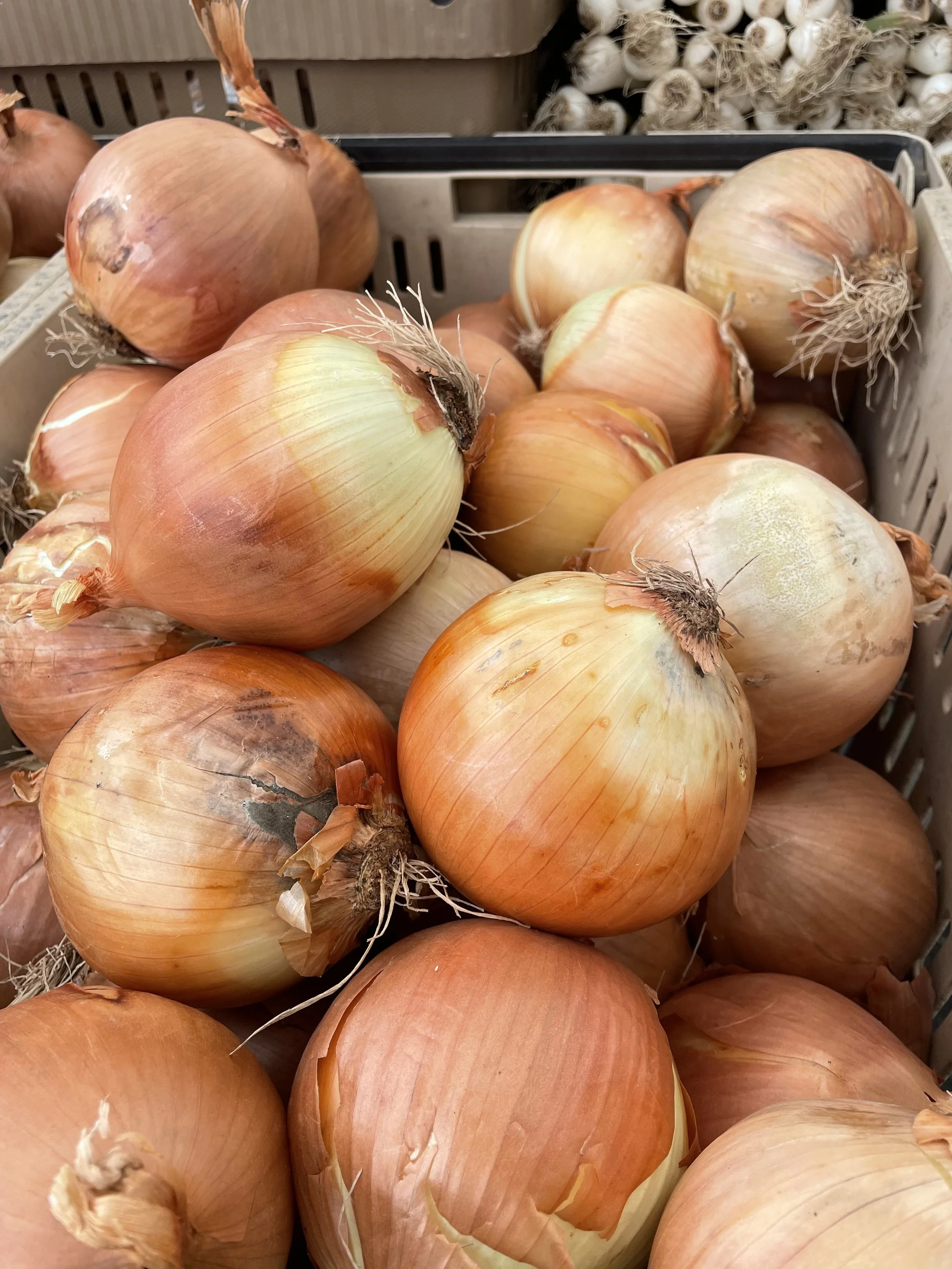
Onions (Storage)
MONASTRELL & POWELL VARIETIES
-

Parsley
ITALIAN FLAT VARIETY
-
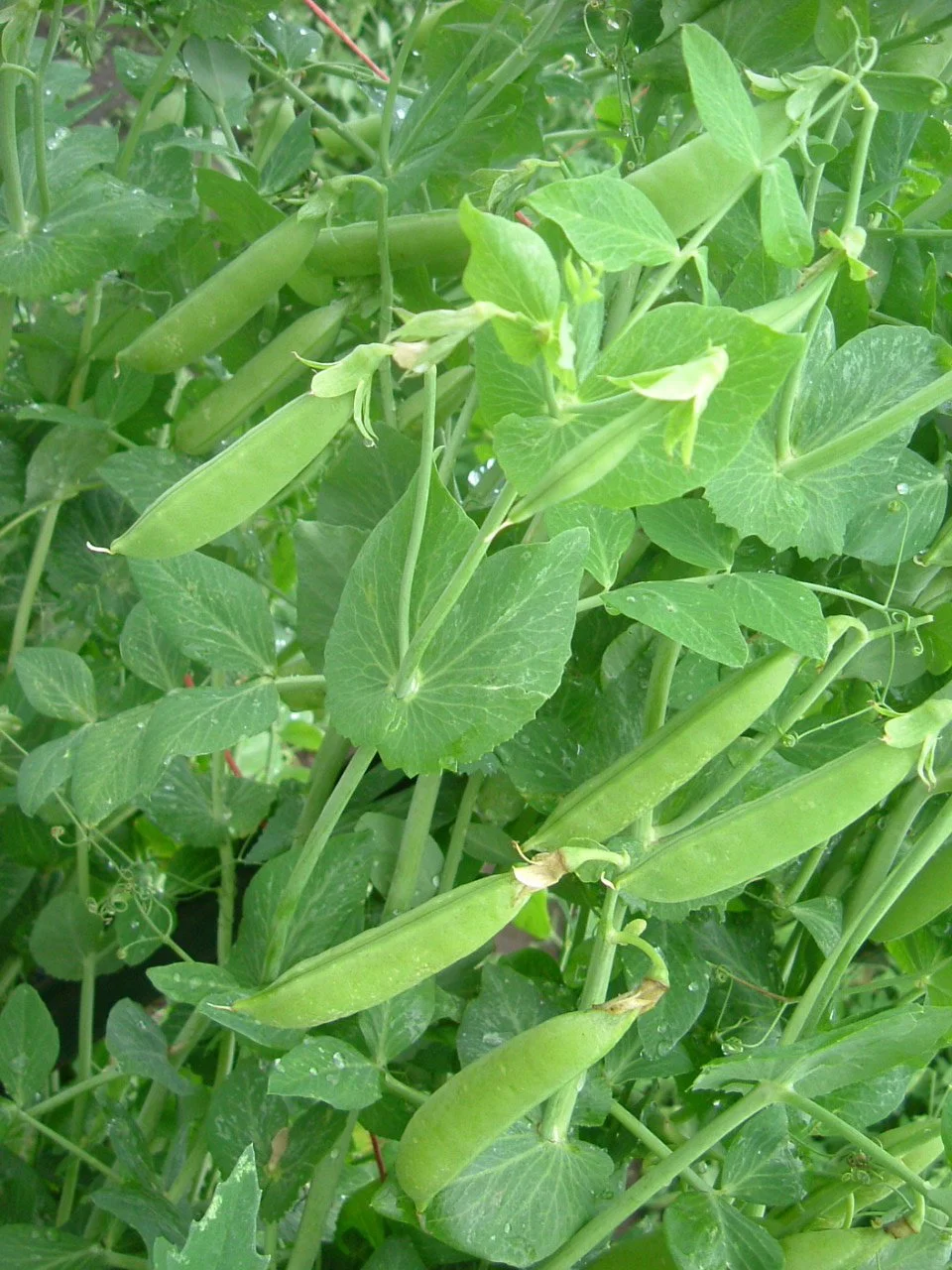
Peas
SUGAR SNAP VARIETY
-

Radish
DAIKON VARIETY
-

Radish
EASTER EGG
-
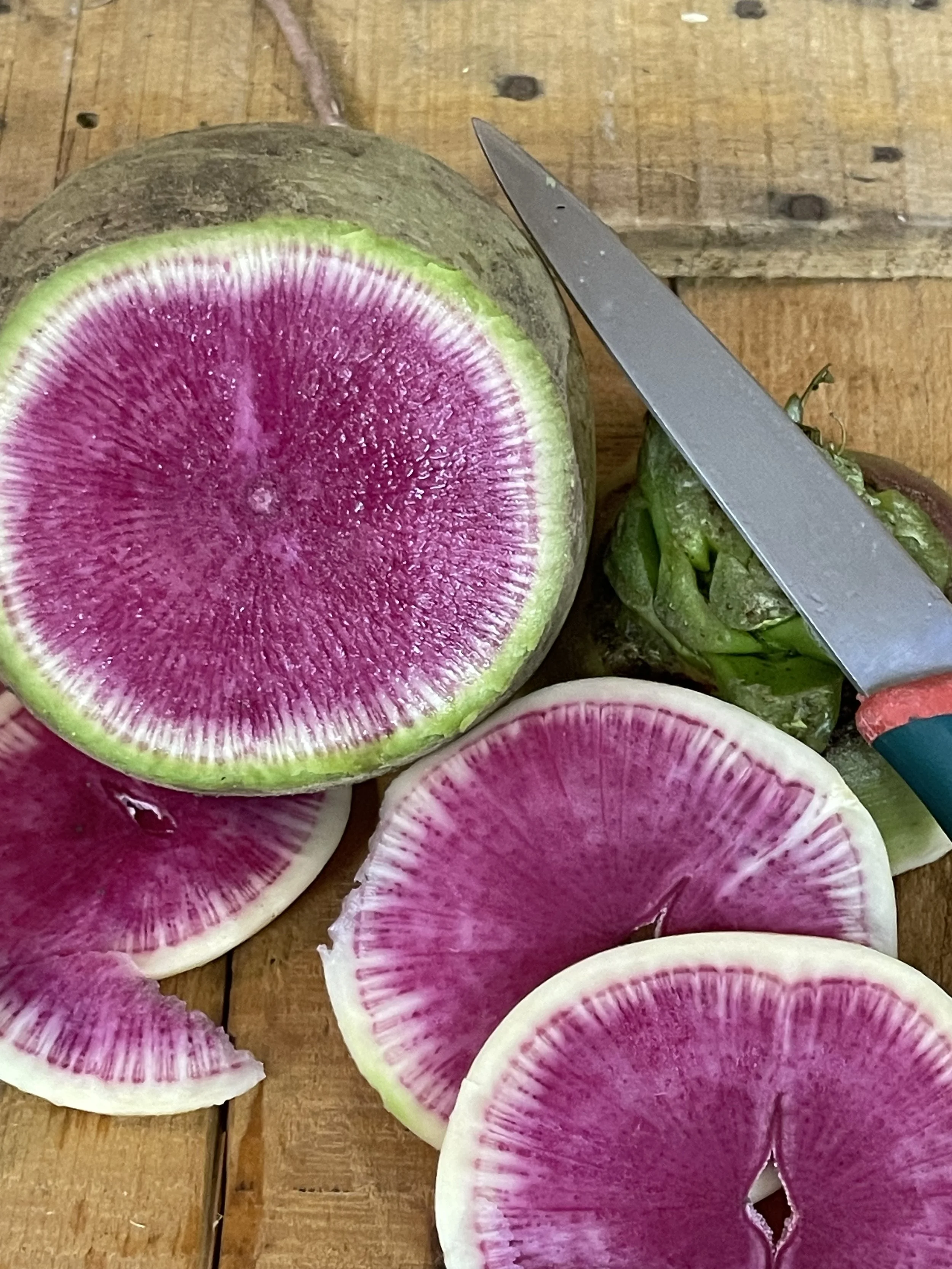
Radish
Watermelon Variety
-
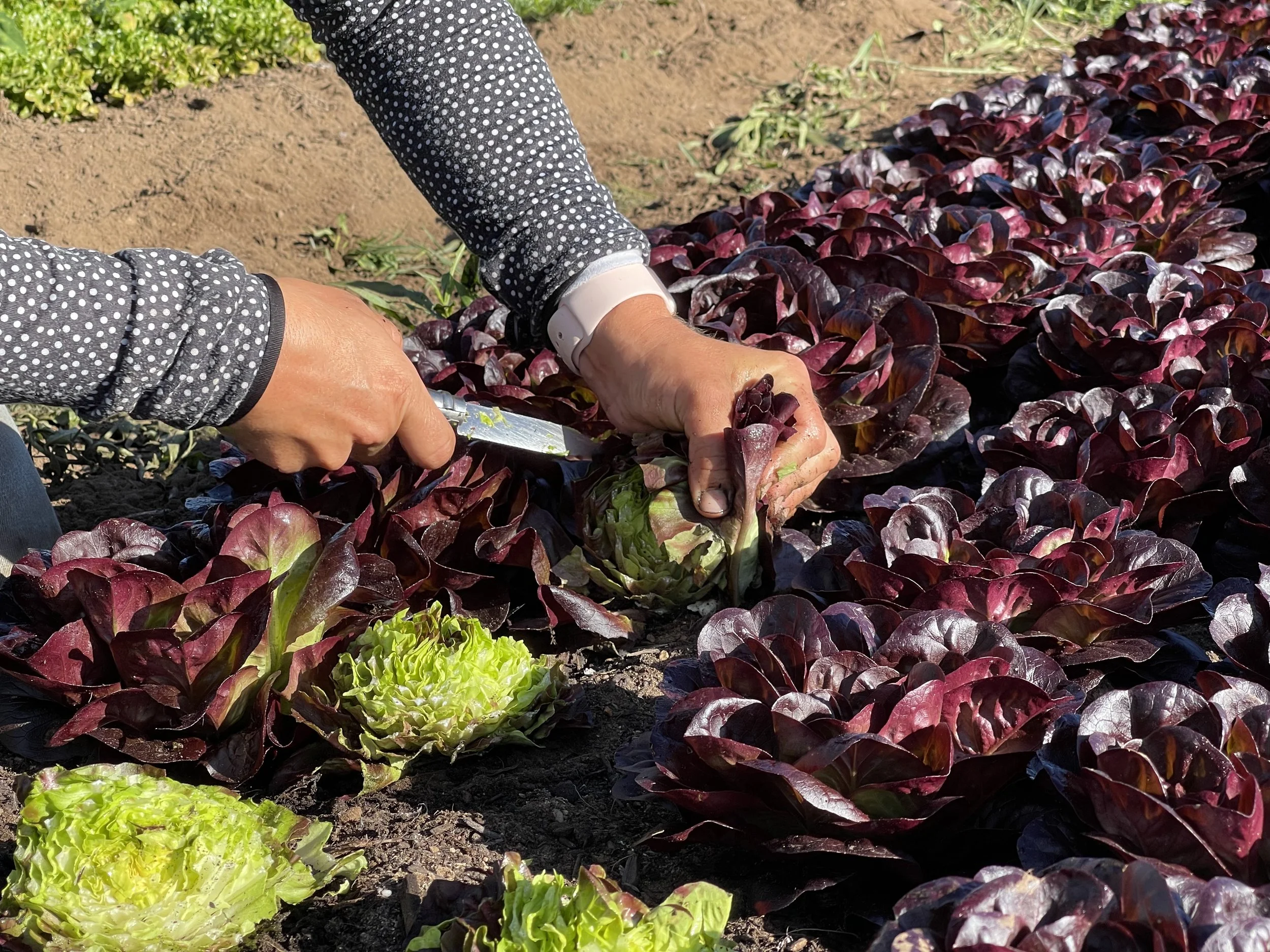
Salad Mix
Salanova Variety
-
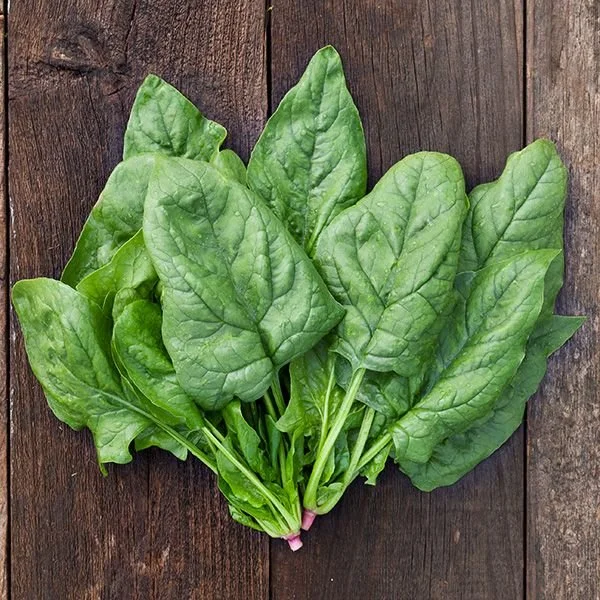
Spinach
Winter Giant
-

Summer Squash
DARIO VARIETY
-
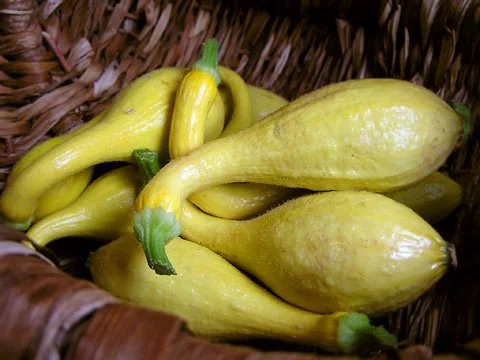
Summer Squash
YELLOW CROOKNECK VARIETY
-
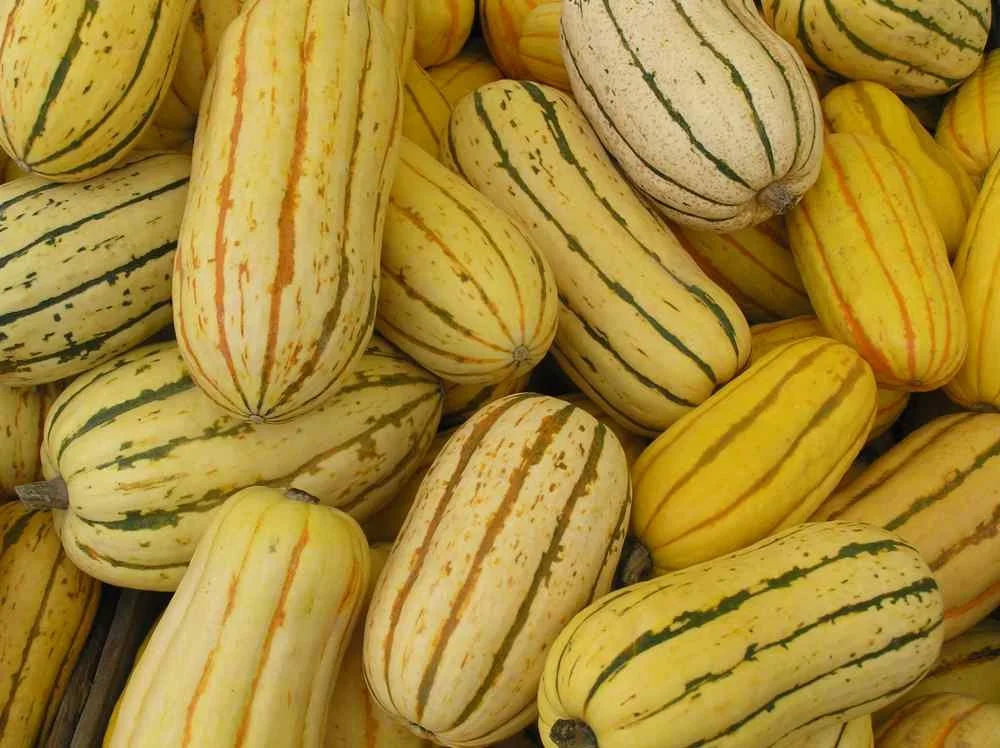
Winter Squash
DELICATA VARIETY
-

Winter Squash
RED KABOCHA VARIETY
-
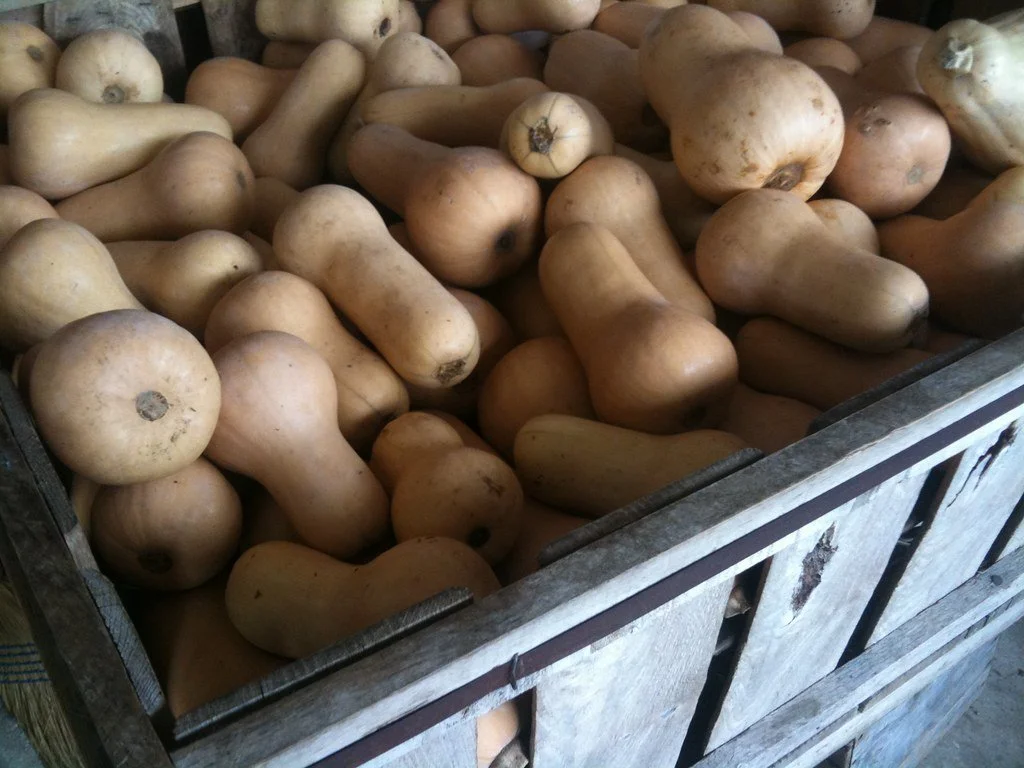
Winter Squash
WALTHAM VARIETY
-
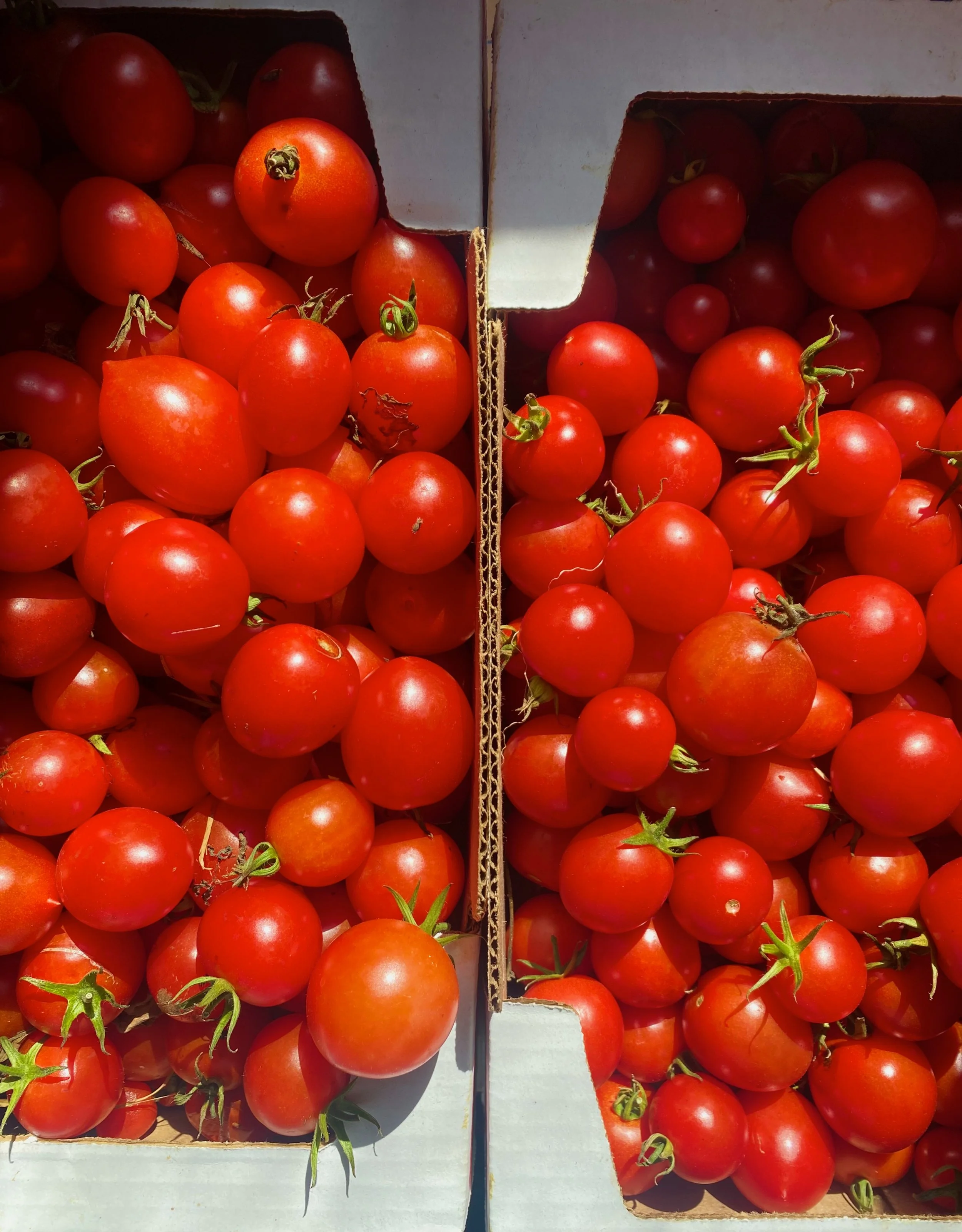
Tomatoes
CHERRY BOMB VARIETY
-

Tomatoes
GIN FIZ VARIETY
-

Tomatoes
SUNGOLD VARIETY
-

Tomatoes
PLUM REGAL VARIETY
-
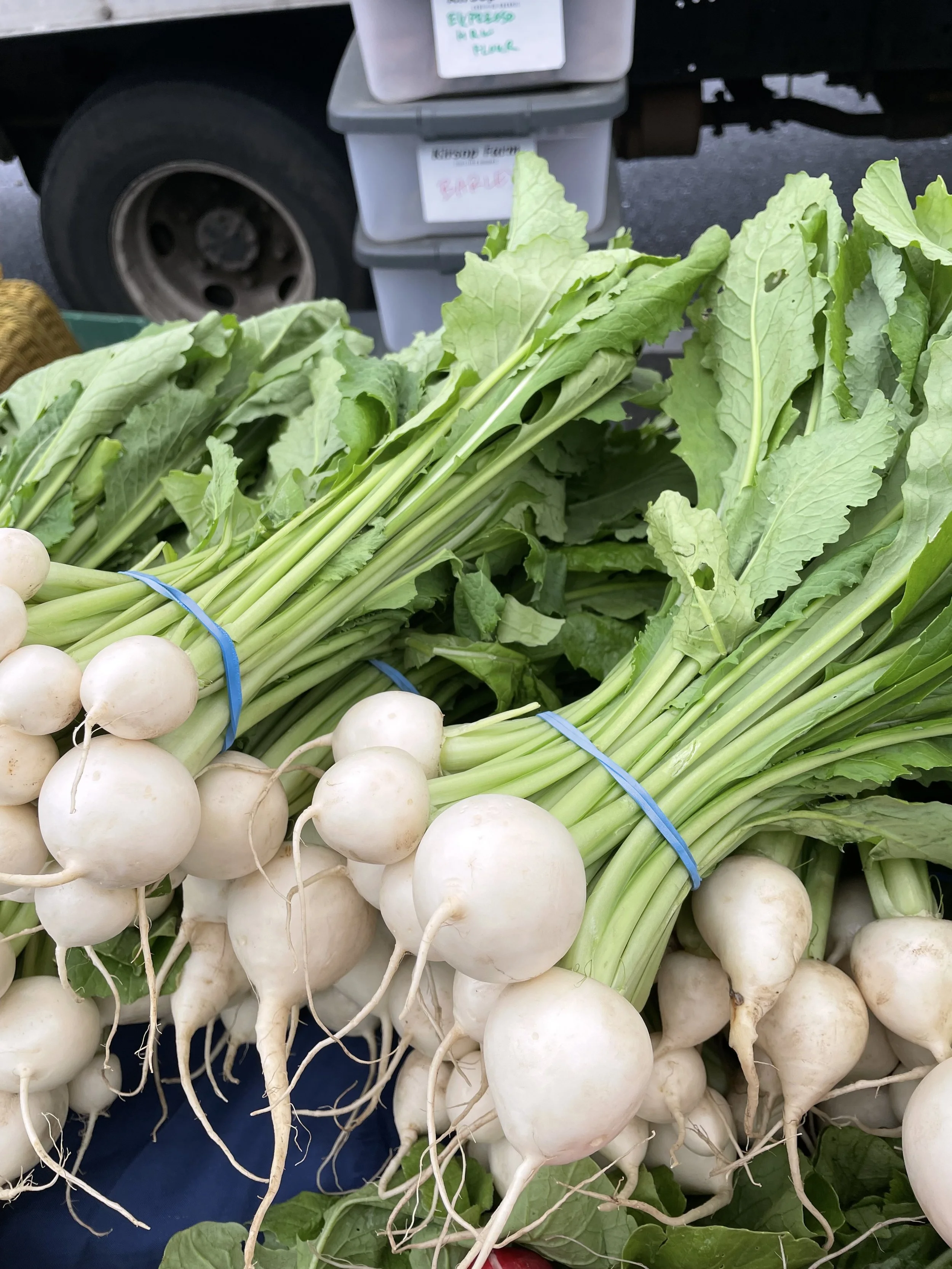
Turnip
NISEKO VARIETY
-
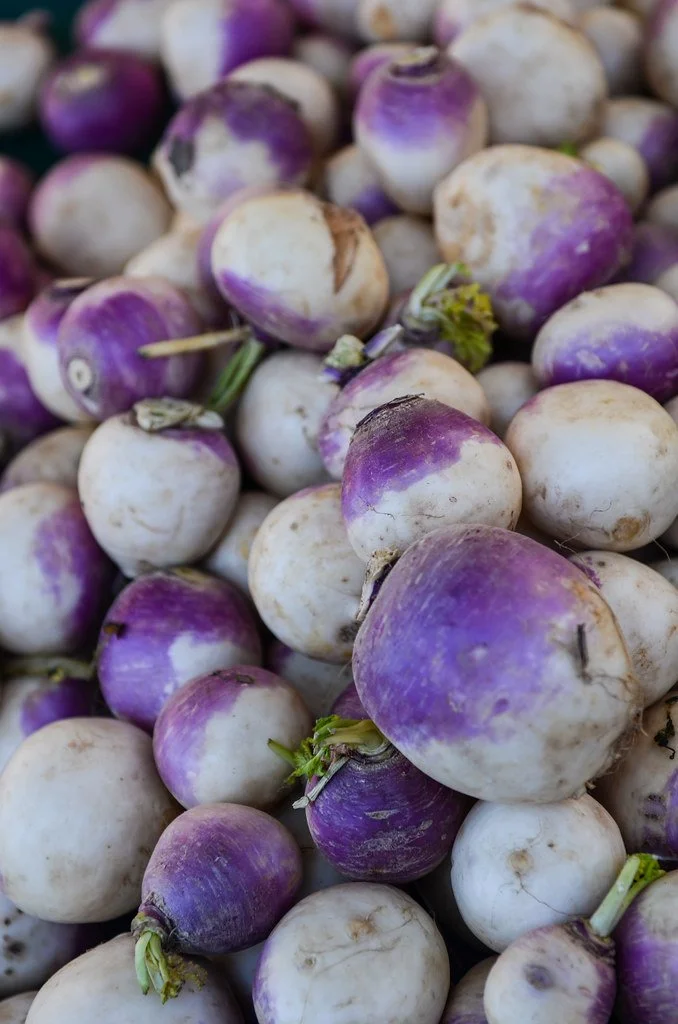
Turnip
PURPLE TOP VARIETY
-
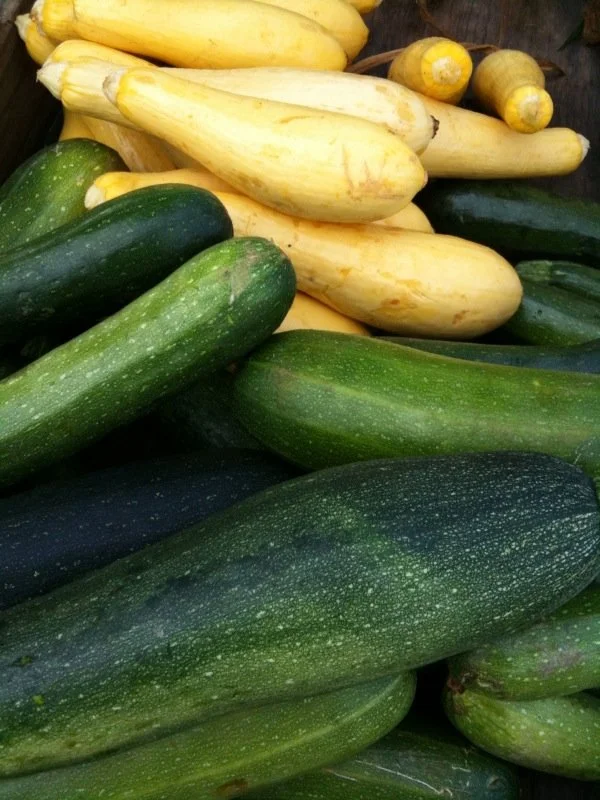
Zucchini
GREEN MACHINE VARIETY
